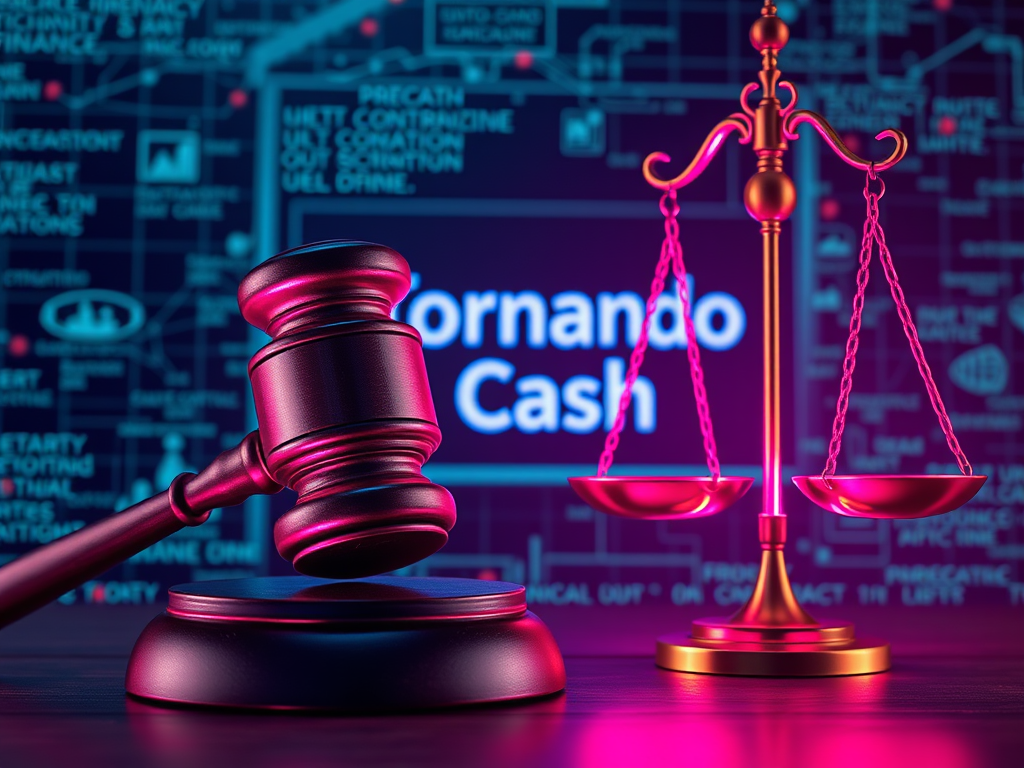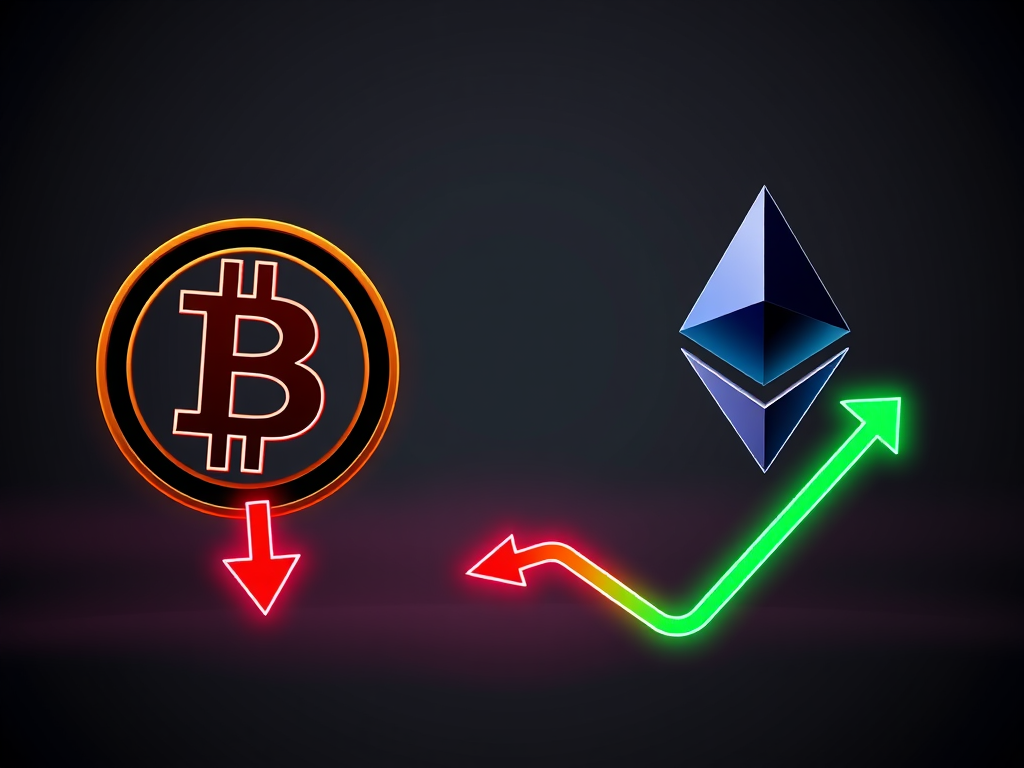The Bitcoin Lightning Network has emerged as a topic of interest in the cryptocurrency community. It is proposed as a potential solution to some of Bitcoin’s operational challenges. This second-layer protocol aims to address issues of scalability and transaction fees that have become more pronounced as Bitcoin’s usage has increased. By enabling off-chain transactions, the Lightning Network seeks to enhance Bitcoin’s functionality, potentially allowing for faster and less expensive transactions while maintaining the security and decentralization of the main Bitcoin network.
The Scalability Challenge
While innovative, Bitcoin’s blockchain technology faces limitations in its transaction processing capacity. The network can handle approximately seven transactions per second, which has led to congestion and increased fees during periods of high demand. This constraint has presented obstacles to Bitcoin’s adoption as a medium for everyday transactions.
In contrast, traditional payment systems like Visa can process significantly more transactions per second than Bitcoin’s base layer. This disparity in transaction capacity has raised concerns among those considering Bitcoin for daily financial operations. Transaction fees have risen substantially during network congestion, making small-value transactions impractical from a cost perspective.
Lightning Network Functionality
The Lightning Network addresses these challenges by implementing payment channels. These channels allow users to conduct multiple transactions off the main blockchain, with only the final balance settlements recorded on the Bitcoin network.
The process begins when two parties initiate a payment channel by allocating a specific amount of Bitcoin to a multi-signature address. Subsequent transactions occur off-chain, with both parties maintaining records of the changing balances. These off-chain transactions can be frequent and numerous, allowing for quick exchanges without requiring blockchain confirmation for each transaction. The final transaction state is recorded on the Bitcoin blockchain when the channel is closed.
This approach aims to reduce the load on the blockchain, potentially improving transaction speed and reducing costs. The Lightning Network operates through a network of nodes that facilitate these transactions. They act as an intermediary to ensure payments reach their intended recipients, even when direct payment channels are not established between parties.
Potential Benefits and Applications
The Lightning Network offers several potential advantages that address some of Bitcoin’s current limitations. It has the potential to handle a significantly higher volume of transactions compared to Bitcoin’s base layer, with reports suggesting it could process millions of transactions per second. This substantially improved Bitcoin’s main chain capacity of about seven transactions per second.
By conducting transactions off-chain, fees could be reduced substantially. Lightning Network fees are typically very low, around 0.001 USD per transaction, making smaller transactions and micropayments economically viable. This fee structure is significantly more economical than traditional payment networks. For instance, CoinCorner in the UK charges a 1% fee for instantly converting Bitcoin payments to local currency, which is still lower than the 1.5% to 3.5% typically charged by traditional card payment networks.
While not providing complete anonymity, the Lightning Network may offer improved privacy by keeping most transaction details off-chain. It could also enable faster cross-border payments without intermediaries, which could affect international money transfers.
The Lightning Network is being tested and implemented in various real-world scenarios, including content monetization through micropayments, social media tipping features, and everyday goods and services purchases. Some companies are exploring its use for cryptocurrency payments for gift cards and mobile top-ups. In countries where Bitcoin is recognized as legal tender, the Lightning Network is being utilized to facilitate daily transactions.
Challenges and Security Concerns
Despite its potential benefits, the Lightning Network faces several significant challenges and security concerns.
Centralization risks pose a threat to the network’s decentralized nature. There’s a concern that the network might evolve into a hub-and-spoke model similar to traditional financial systems, with large, well-funded nodes becoming central hubs. The network’s efficiency heavily relies on liquidity, and as David Marcus, CEO of LightSpark, points out, inadequate liquidity can cause congestion even in the fastest networks. This dependency might lead to a concentration of funds in larger, more liquid nodes.
The technical complexity of setting up and maintaining Lightning nodes effectively requires significant expertise. This barrier could result in a concentration of network control among more technically proficient users or businesses, potentially limiting widespread adoption.
Security considerations are at the forefront of concerns. When nodes go offline, their payment channels can be left open to potential transaction scams, highlighting the need for constant online presence. Recently disclosed vulnerabilities, known as “replacement cycling attacks,” pose a significant threat to the security of transactions flowing through the Lightning Network. These vulnerabilities could potentially allow sophisticated attackers to compromise funds.
Additional risks include channel exhaustion and fraudulent closures, where malicious actors might attempt to close channels fraudulently or exhaust channel capacity, potentially leading to fund loss.
Future Developments and Adoption
The Lightning Network is still in active development, with several potential growth areas. Ongoing efforts are focused on addressing the network’s challenges and expanding its capabilities.
Developers are working on security improvements, such as “watchtowers,” to monitor the blockchain for fraud and protect offline nodes. There’s also a push to simplify the technology and improve user interfaces, making the Lightning Network more accessible to non-technical users.
Cross-chain compatibility is another area of exploration, with future developments expanding the Lightning Network’s functionality to other cryptocurrencies beyond Bitcoin and Litecoin.
The network’s adoption and scalability show promising signs but also face challenges. As of February 2023, the Lightning Network’s payment capacity had grown by over 60% from the previous year. However, overall usage remains relatively low compared to traditional payment systems. The network still faces hurdles in integrating with existing payment frameworks and achieving widespread adoption.
Conclusion
The Bitcoin Lightning Network represents a significant development in addressing some of the challenges facing the Bitcoin network. Offering potential improvements in scalability, transaction fees, and privacy could influence how cryptocurrencies are used and perceived.
As the network continues to develop and address its current challenges, particularly in security and usability, it may significantly impact the cryptocurrency landscape. The ability to conduct faster, lower-cost transactions could make Bitcoin more viable for everyday purchases, from small retail transactions to online services.
The Lightning Network’s development is ongoing, and its full potential remains to be seen. However, its progress thus far suggests it could play a role in shaping the future of Bitcoin and the broader cryptocurrency ecosystem. As the technology evolves, monitoring its impact on digital currencies and their potential for practical, everyday use will be important. The coming years will likely reveal whether the Lightning Network can fulfill its promise of making Bitcoin transactions as quick and effortless as its name suggests while also overcoming the significant challenges it faces in security and decentralization.












